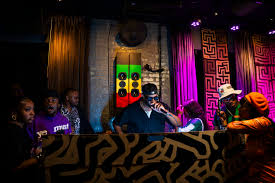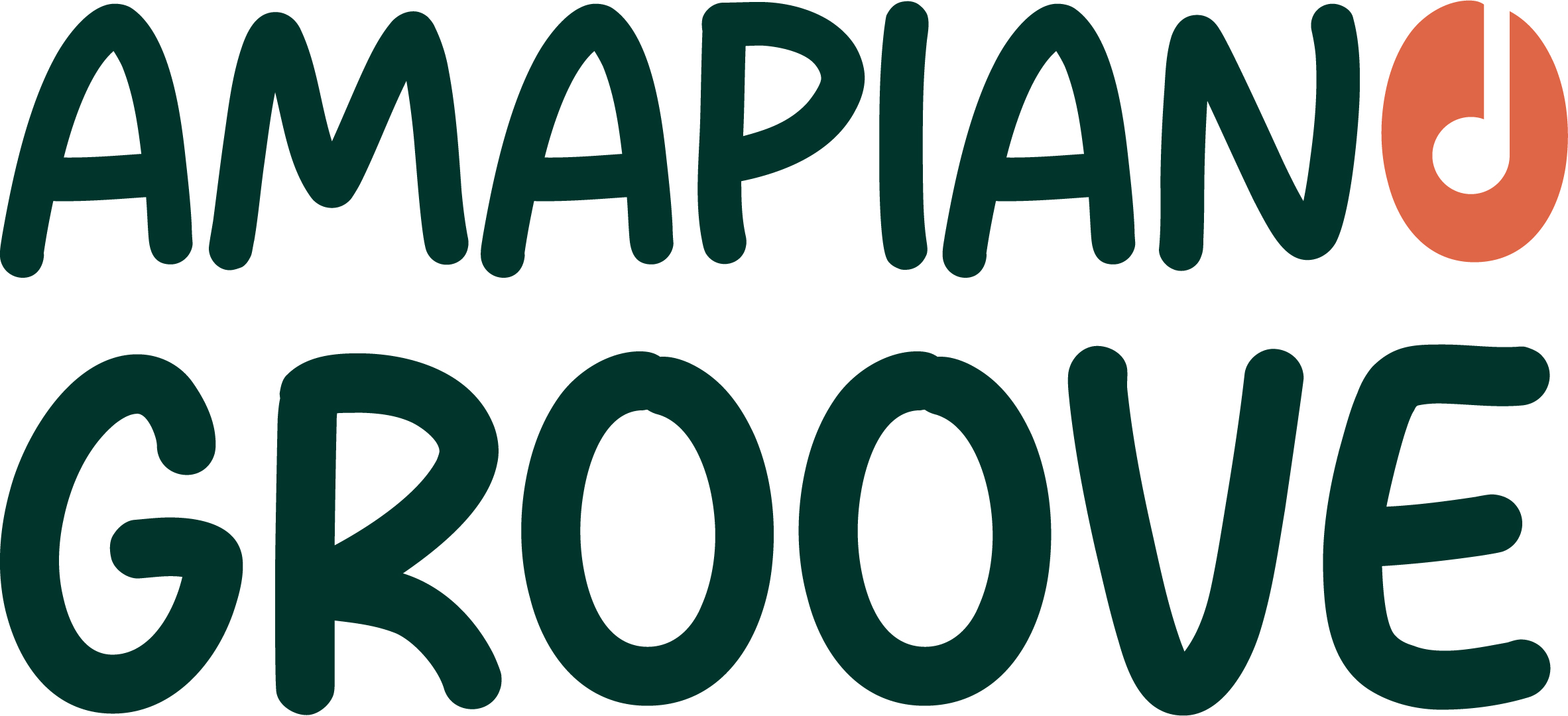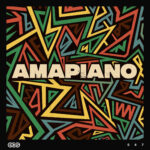Amapiano—a genre born in South Africa’s townships—has moved fast. In East Africa (Kenya, Tanzania, Uganda), its beats are now central to club culture. DJs, dancers, and local artists are pouring it into every level of nightlife.
From Playlist to Nightclub Floor
In major East African cities like Nairobi, Dar es Salaam, Kampala and Kigali, club DJs no longer use Amapiano as just a filler track. Entire nights are now themed “Amapiano Nights.” Locals show up ready for the signature log-drum bass, laid-back pianos, and melodies that let them dance deep and slow.
Local Flavour Meets SA Vibe
A big part of it: East African artists are not just copying the sound—they’re fusing it with local styles. Tracks like “Naogopa” by Marioo featuring Harmonize blend Bongo Flava and Amapiano. DJs also mix Swahili lyrics into songs, and regional rhythms get a log-drum bump.
Dance Moves, Fashion & Club Trends
With the music came new dance styles. People are bringing South African dance moves and adapting them—some moves are adjusted, others are hybrid versions. Club fashion changed too: comfy streetwear, expressive gear, sneakers, bucket hats, relaxed but stylish fits. Everything is more about feel and energy.
Social Media, Viral Hits & the Spread
Social media and streaming are big reason for the spread. DJs posting mixes, remix culture, dance challenges—these push the sound fast. Young people often get exposed to Amapiano online before they hear it in a club. That builds demand, so clubs respond by opening up to more Amapiano playlists.
What’s Next in East Africa’s Nightlife ?
?
This isn’t a fad. Clubs are investing in sound systems that suit the bass heavy Amapiano tracks. Local producers are playing with fusion styles, merging Amapiano with local dance, traditional instruments. Expect more collaborations between East Africa and South African artists, more track remixes, more nights dedicated fully to Amapiano.


